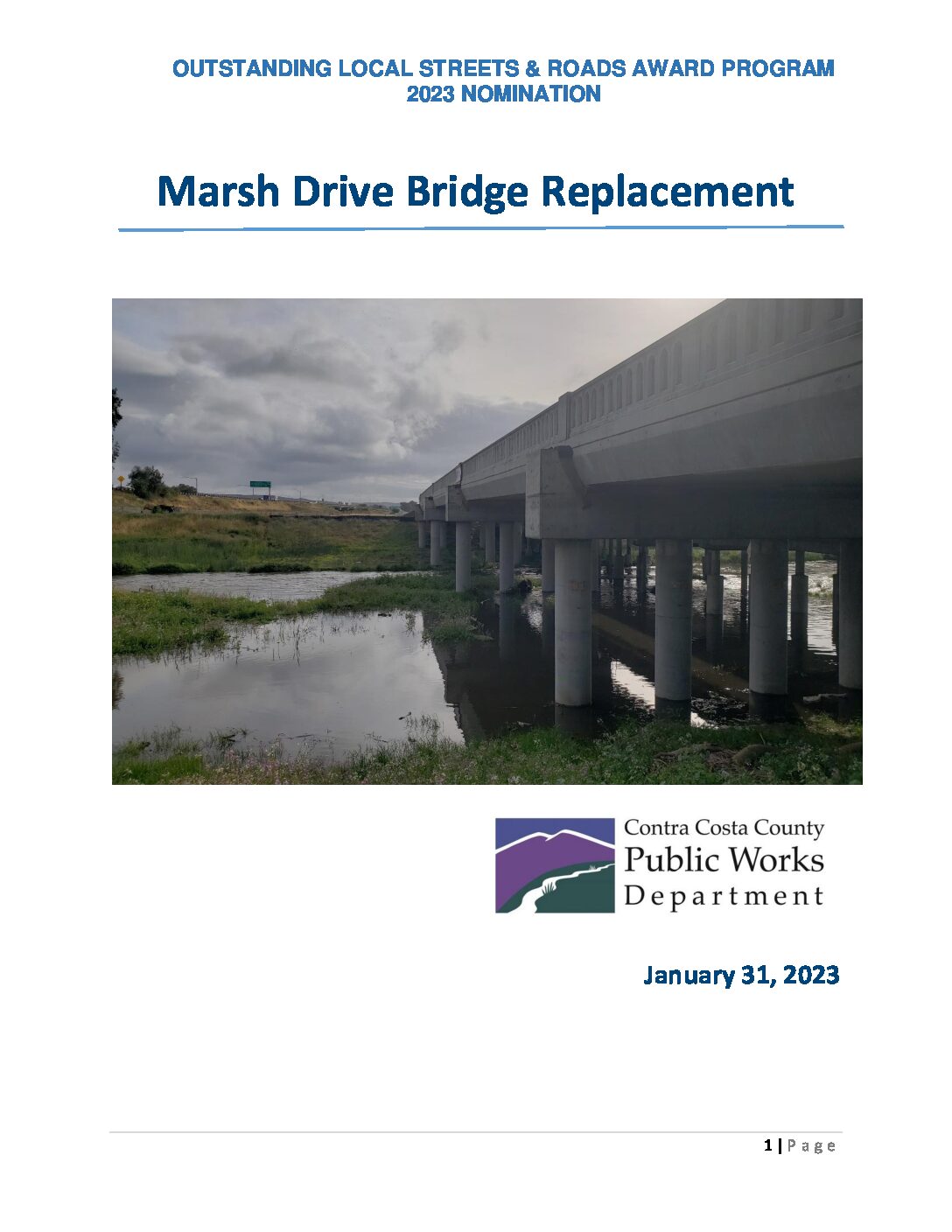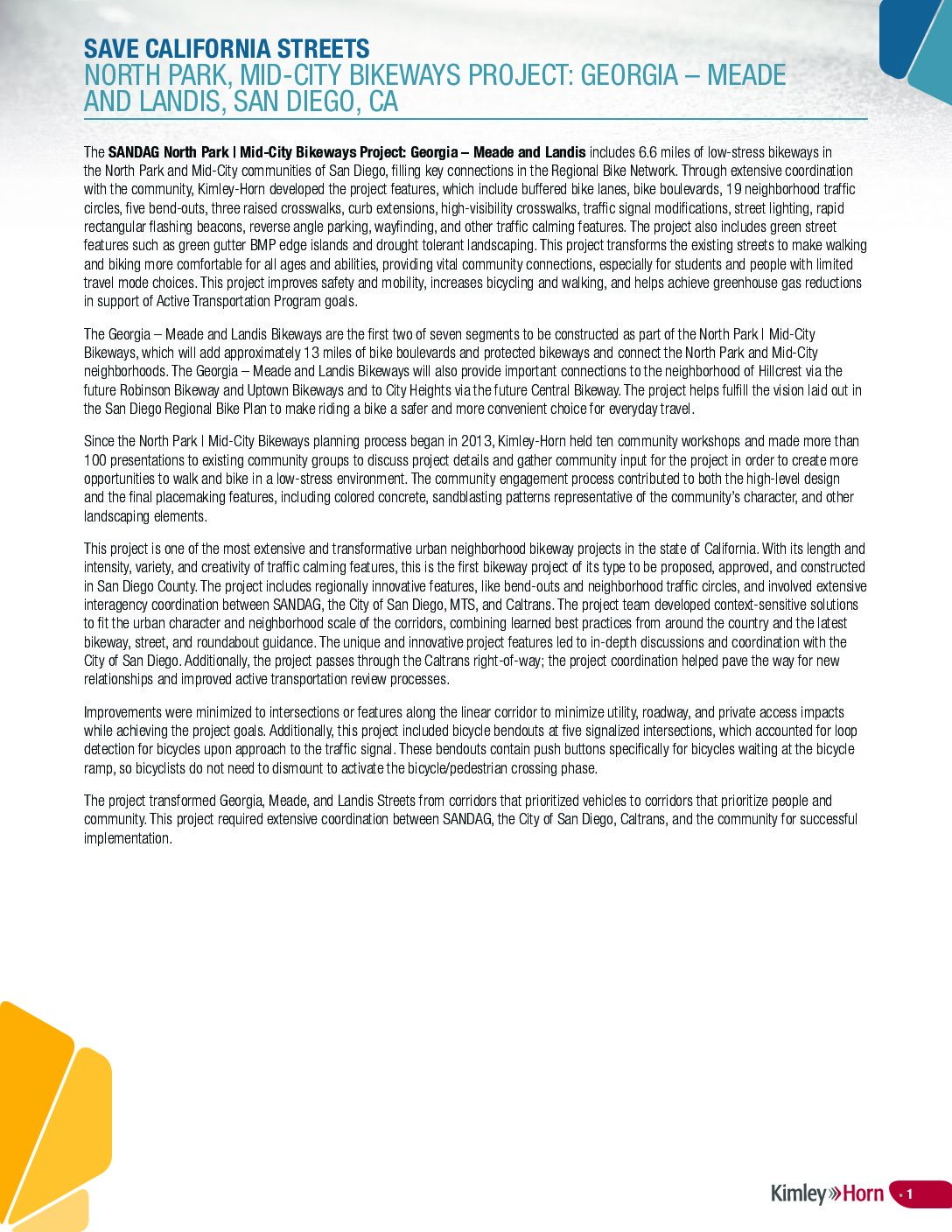Bello Street Bridge Replacement
The Bello Street Bridge, a 125-foot-long single span steel Pratt truss structure, was completed in 1913. The bridge was closed in 1983 due to major deficiencies and continued to deteriorate for almost three decades due to the corrosive coastal environment. Rehabilitation of the bridge was not feasible due to the advanced deterioration, insufficient service load carrying capacity and an obsolete bridge width. In 2011 the City successfully obtained 100% federal replacement funds using the Federal Highway Bridge Program (HBP) to replace the bridge and reopen a viable crossing of Pismo Creek. The project aim was to reopen a vital transportation link and evacuation route that had been closed for an extended period of time. When open, the bridge provides greater access to the U.S. 101 northbound onramp on Bello Street by those at the southern end of Highway 1. Further, the Bello street Bridge provides a more efficient route for Public Works, Police and Fire to respond to many parts of the City. Finally, the bridge provides a critical evacuation route for as many as 1,000 residents and visitors on Highway 1, the City’s Corporation Yard and the City’s Sports Complex on Frady Lane. The HBP program only funds a basic concrete bridge design. The final bridge design includes a separated bike and pedestrian path on one side of the bridge and the City added streetlights at each end of the bridge to improve pedestrian safety on and around the bridge. The City also included casings within the bridge deck for future utility lines to be run across the bridge, all with seismic resistance as part of the design. To improve the aesthetics of the basic concrete bridge design, the City’s PRBC, Planning Commission and City Council all recommended ways to honor the history of the old bridge while utilizing modern design and materials. The design of the pedestrian railing along the pedestrian and bike path incorporated cues from the old bridge’s truss. An extensive amount of time, effort and funding was invested in incorporating architectural elements into the bridge façade, including abutment and wingwalls that include faux stone with an elegant relief stained and textured to blend in with the surrounding environment. A main gas line needed to be attached to the bridge and it was included a tape wrap that was painted a specific color to blend in with the surrounding environment. A public art installation using actual elements from the original bridge was erected on a separate concrete slab with the new bridge as the backdrop to commemorate the history in the area along with interpretive panels that detail the sustainability and uniqueness of the new bridge. Wildlife present in the area was maintained throughout construction and revegetation efforts have of native plants are ongoing. As a result of the efforts detailed above, the view corridors and surrounding landscape have been both enhanced and preserved.



Add Comment